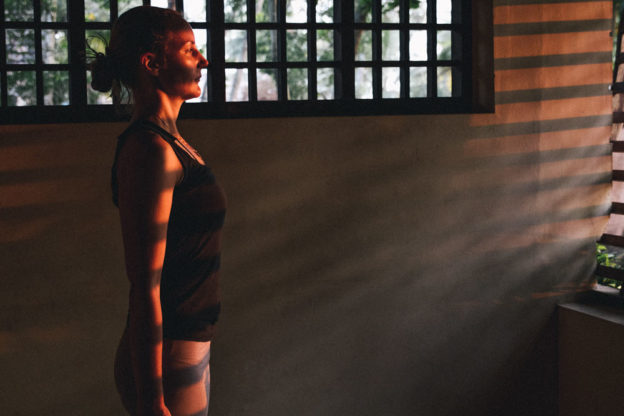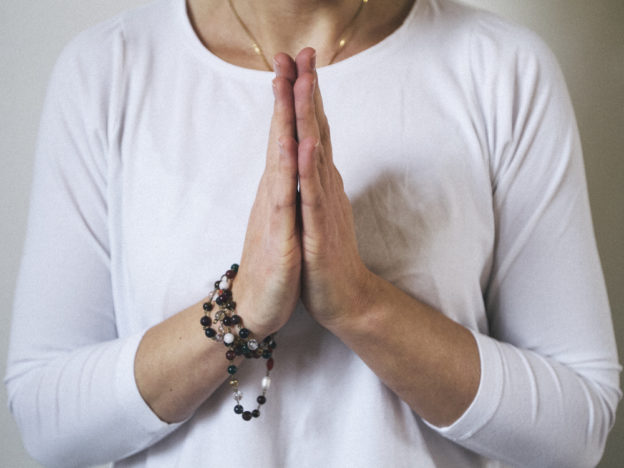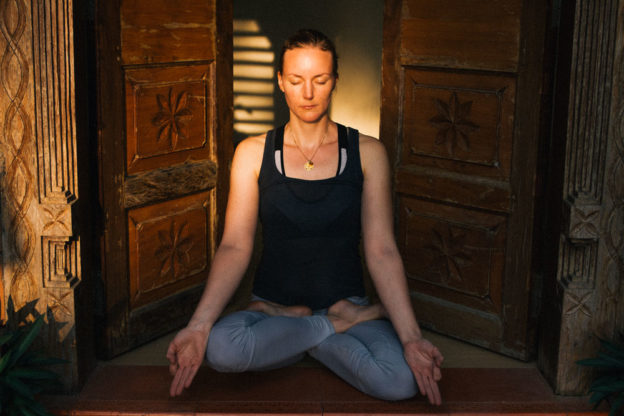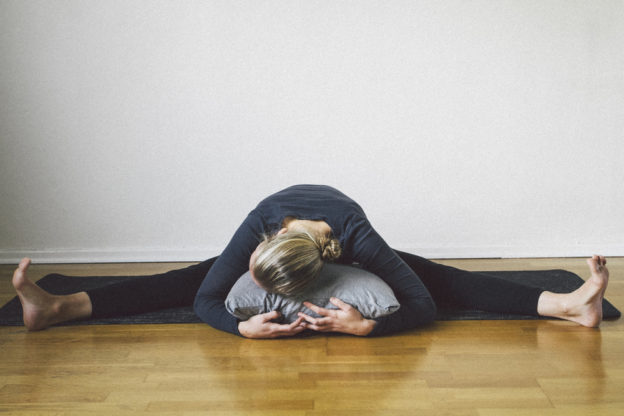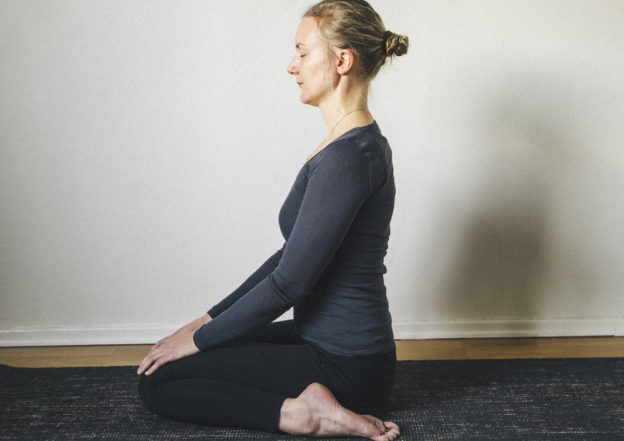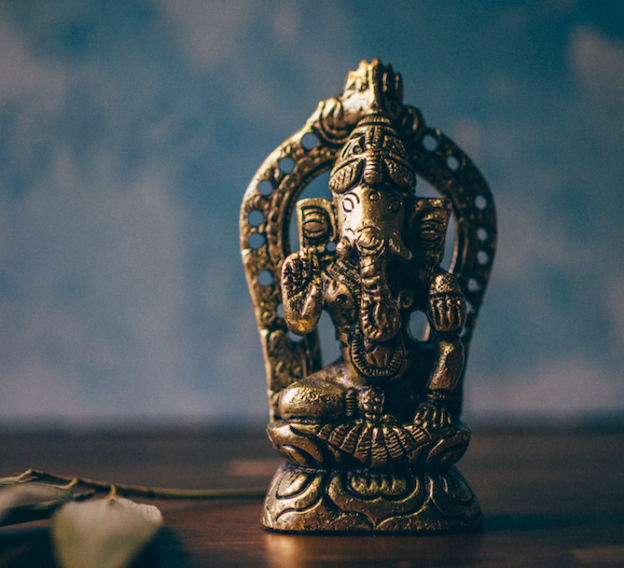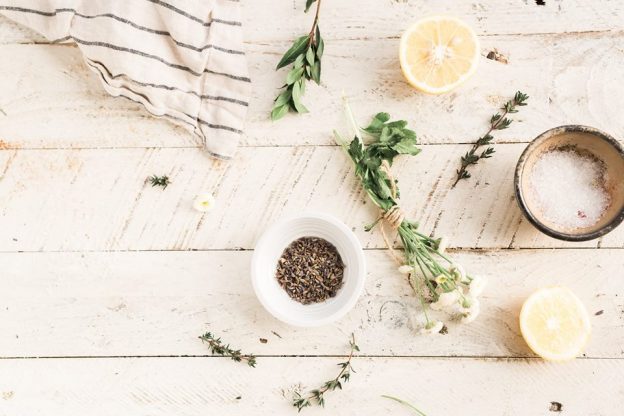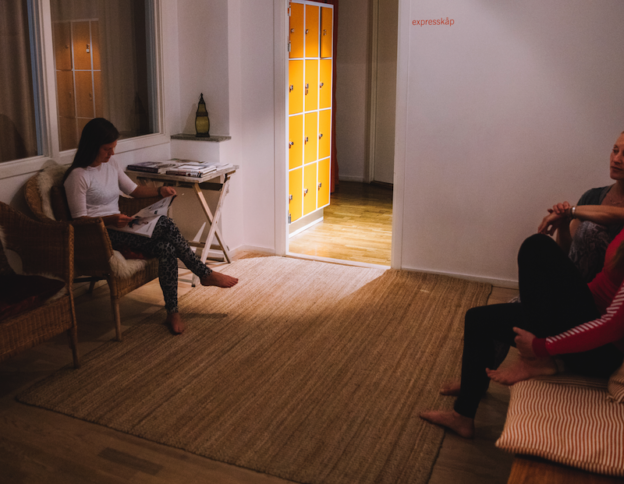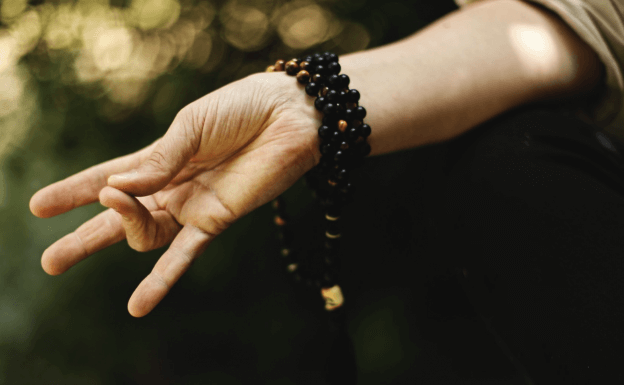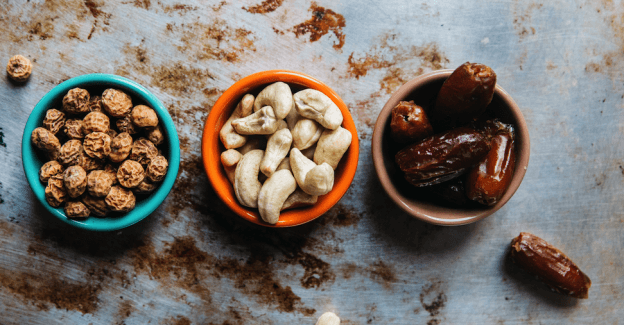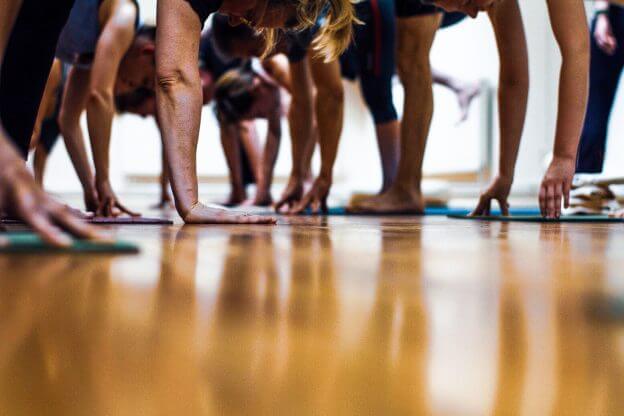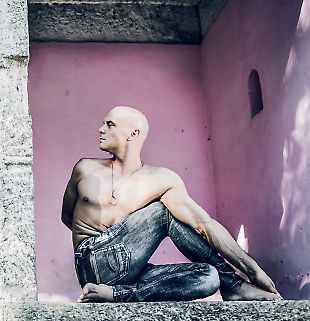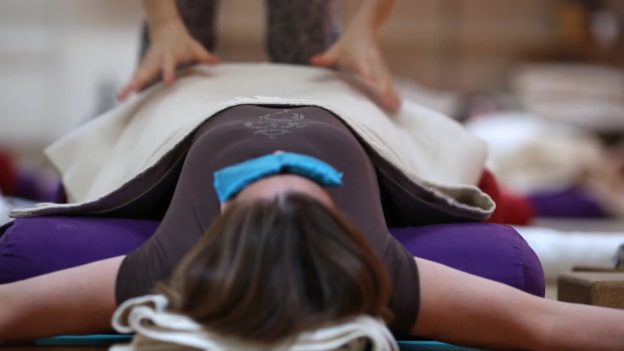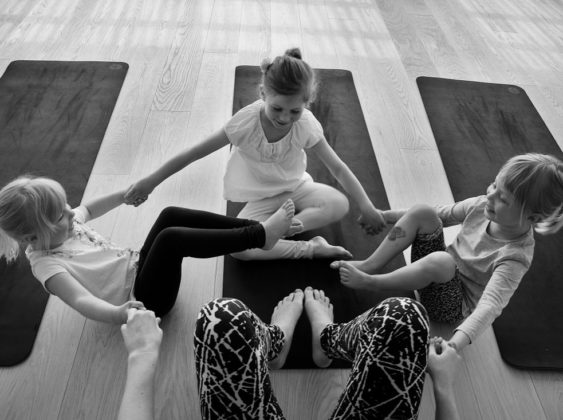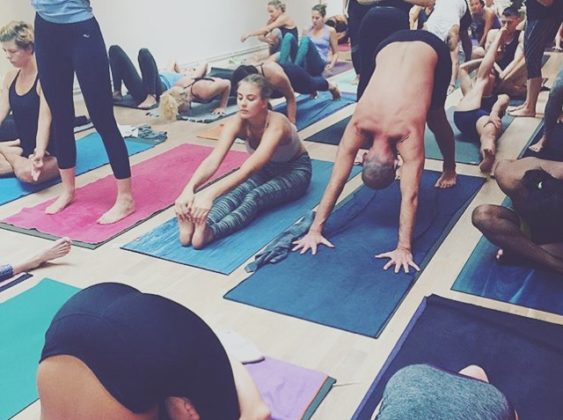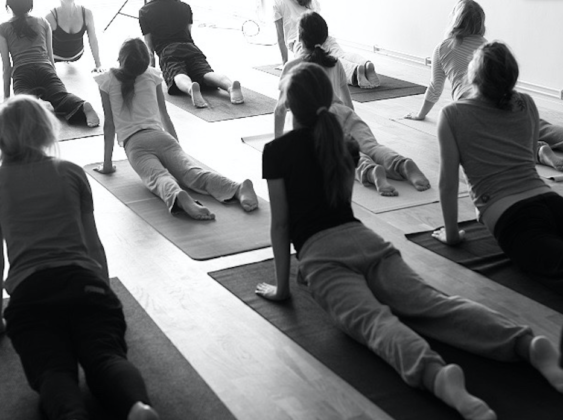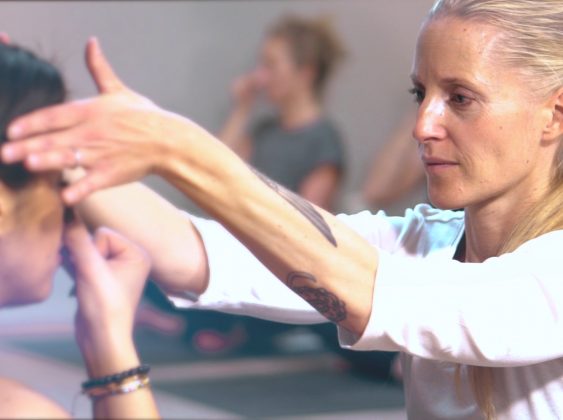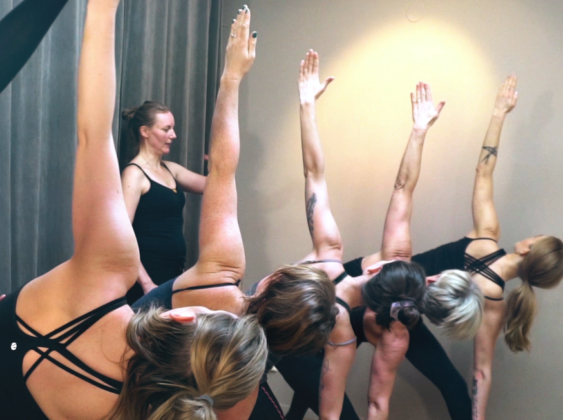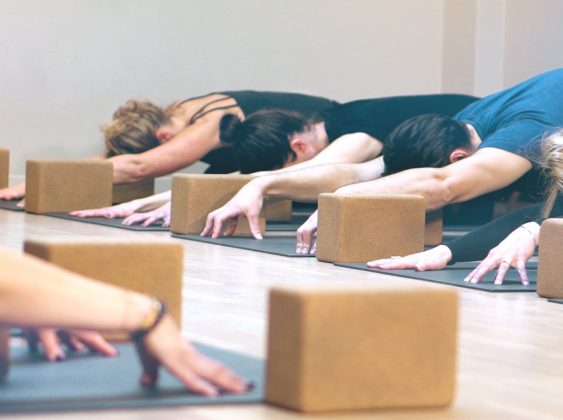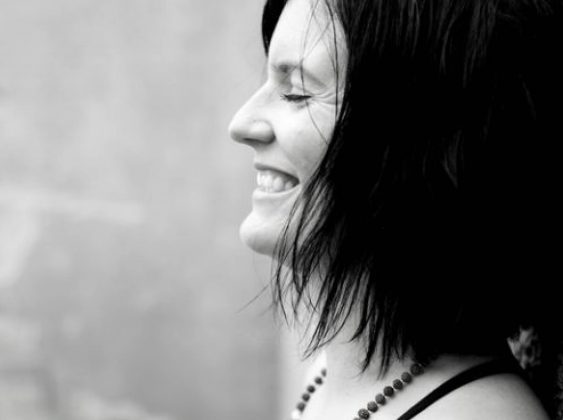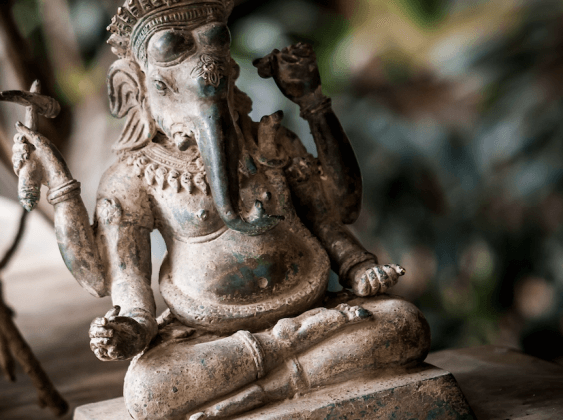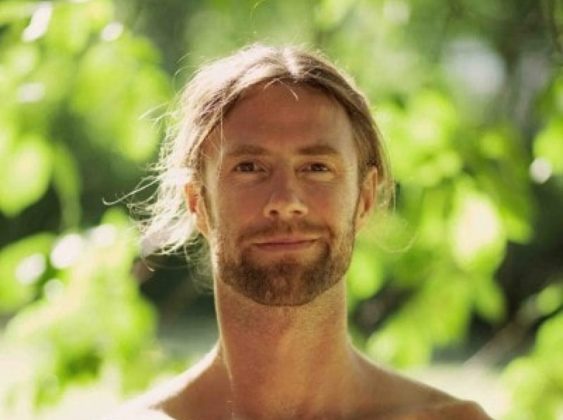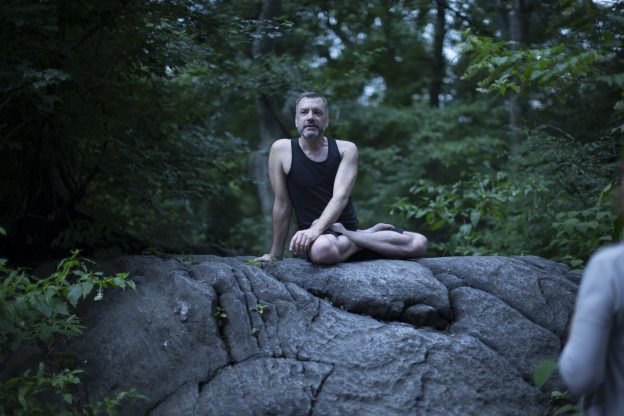
Excerpted from the Yoga Journal book, Yoga at Home: Inspiration for Creating Yoga Home Practice,. Authored by Linda Sparrowe, who has also written The Woman’s Book of Yoga and Health: A Lifelong Guide to Wellness and the Yoga Journal book: Yoga, it’s described as “The definitive guide to creating your own home yoga practice from the leading experts of Yoga Journal.”
Yogayama teacher James Brown is featured in the book. Here is the full text of his Q+A with Linda, along with some of the photos from the shoot.
You can order Yoga At Home: Inspiration for Creating Your Own Home Practice, including advice and photos of Seane Corne, Patricia Walden, Shiva Rea, Krishna Das and James here.
Tell me about your home practice and the space you’ve created for it. How do you distinguish your yoga space from the rest of your home? In other words, how do you create sacred space?
At the moment, I live in a place that has a dedicated yoga room. There is nothing in it except what is needed for practice. That’s helpful because it allows for boundaries in space within which I only practice. But, it isn’t really the room or its contents that makes the space sacred. It’s the practice that happens there that makes it sacred. The space, ideally, provides a container for practice that doesn’t get in the way of the practice itself. Having everything you might need for practice in a dedicated single-purpose space helps facilitate the practice, but, fortunately, it’s not required.
I travel a lot and don’t always have access to my dedicated home practice space. In those cases, the ideal is to have any practice-sized space space that can be carved out and used only for practice. It doesn’t need to have walls or a door. When I have this option, I keep my yoga mat unrolled there so it’s clear what the space is for (and to remind me to practice).
What’s your favorite place to practice? Does that change depending on how you feel? How has your personal practice sustained you through challenges or helped you heal.
A lot of times these makeshift practice spaces can be cramped, which is fine for regular daily practice. But, sometimes when I am away from home, I’ll treat myself to practicing in a beautiful outdoor space. If I could choose any kind of space for practice, I’d be outdoors in a quiet, private place on a hot, humid morning.
These pictures were taken when I was lucky enough to have that. For five weeks of the summer, I was New York staying in a place near Central Park on the Upper East Side. I was there helping conduct a teacher training that was fun but intense, and it was happening in a very loud and busy part of Soho. I needed to get as far away from that as I could each evening and weekend.
Fortunately, the place I was stayng was quiet and had a fine space for practice. Nonetheless, I was delighted when I found that I was close to a part of Central Park called The Ramble, and it is designed to appear as a wild and uncultivated forest. Although very busy pathways are less than a minute away, this area tends to be nearly silent and practically deserted.
Throughout, there are huge boulders that were deposited by glaciers. The boulders made great platforms for my practice. I didn’t need all the bells and whistles of a tricked-out studio at the time because, while the course was happening, my daily practice was simple … just a few poses that didn’t need props. So, this beautiful spot worked and I came to it whenever I could.
If I restricted my notions about the ingredients of a good yoga practice by narrowly defining the location and activity, I wouldn’t be able to bring it along with me when I travel to teach, which is when I need it most. When I am at home, I have a fairly set way that I set the content of my practice each day. On the road, committing to the same thing every day just doesn’t always work. On the days that I did headstands and pranayama on boulders in Central Part, it was because that was what I determined would be uplifting on that day, so that is what I did.
I can’t imagine facing challenges or healing without the anchor that this highly flexible approach to self-practice provides.

What helps you get on your yoga mat even on those days you don’t really want to?
Prioritizing practice on my ongoing daily schedule is the number one thing that gets me there. No matter the available space or the energy I bring to the mat, if I’ve designated a chunk of time where practice is the only allowed activity, I get on the mat and see what happens. While what happens in that span of time is highly negotiable, nothing works better for me than a non-negotiable time slot.
What are the biggest challenges to home practice?
The biggest challenge to practicing outside of a designated studio space is that there are so many other things nearby that can take my attention … laundry, email and a million other things. Staying focused on the task at hand is much harder for me when I am working among distractions.
I also find that, staying honest to my practice when nobody is watching me drives the practice from a far more helpful aspect of my mind than the part that’s driving when I know that others can see me. Initially, I found that particular motivation very hard to access.
What are the biggest gifts your home practice offers you? What are the advantages of practicing solo?
Dealing with the challenges that come with a home practice was much harder for me than public classes I used to go to. Shifting my habit to self-practice, done alone without external distraction, was like cleaning a pair of glasses that I didn’t realize was dirty. Without the distraction of my ego dealing with the ever-shifting landscape of a group practice, I suddenly saw myself with new clarity. Once that happened, I was hooked for life. My home practice has cultivated a healthier and more accurate awareness of self than the one that I saw when practicing in public.
What inspiration helps you?
Momentarily acknowledging that yoga has helped me almost every time I’ve ever done it has probably inspired me to get on my mat more than any other pattern of thought I habitually try to muster up.
Also, I am inspired, in all of my practices and teaching experiences, by my teacher, Maty. She’s been my teacher for 15 years, and I’ve learned from her in two contexts. Primarily, she is the one who really taught me how to practice. Simultaneously, she has taught me how to teach. When I compare what she has taught me about practice with what she’s taught me about teaching, I find things that are central to both- like honesty, discipline, compassion, and staying focused on what I’m doing. And, I’ve seen how reliably effective those common core principles are when put into play. When I am practicing or teaching at my best, the actions I take are flowing on a powerful undercurrent of those principles, and I can thank Maty for educating me on that.
What tips/advice do you have for those trying to create a home practice?
Regardless of the space you have available for practice, commit to yourself that, when you are on your yoga mat, you are practicing, and only doing that. When you can’t bring that onto the mat, pause and find it.
I define practice the way I learned from the yoga sutras: as an attempt to steady the mind. A few years ago, I discovered that a particularly stagnant period in my practice had been initiated by a gradual blurring of the boundaries between what constitutes designated practice and what does not. My solution was to occupy my mat only when I was there to practice earnestly and skillfully. My self-inflicted rule was that, if I caught myself putting my efforts toward non-practice distractions, I was to step off of my mat and get myself together. I only had to give myself a few of these time-outs before I started opting for earnest practice more consistently.
Defining practice with consistently available conditions, like earnestness, has allowed for greater portability than defining practice with finite aspects of time and space. That’s because attitudes and behaviors can happen anywhere and any time. The ideal physical practice spaces and schedules can not.
Hedging the likelihood of successful practice by qualifying it with an achievable metric means that more of the good stuff happens on your mat. That, in turn, makes the mat carries with it a significance that can be unrolled almost anywhere.
Does home practice always need to be asana-based?
When choosing a practice defined as effort to steady the mind, one must choose the object of focus on which to anchor the mind. I wholeheartedly support Patanjali’s statement that the object of focus in a practice can be whatever one finds elevating. In other words, if you want to fix your attention, start by choosing something that actually gets your attention. And, from your long list of potential attention-grabbers, choose one that is uplifting to you.
That truth compels me to never try to confine the possibilities for practice for any other person. For me, while there are many potential ways I could practice, I choose to practice asana 99% of the time because it is the thing that I know the best. The familiarity I find in asana allows me to see how I am different that day, and that informs my efforts.
Something less familiar to me than asana, like chanting or silent meditation, can be a fun shift and can bring great calm. But, when it does, it feels more like an accident than asana does. I am less able to steer the practice when I am outside my asana-practitioner skill set. So, I pretty much stick to asana. Even if that means doing nothing more than a highly-focused Corpse Pose.
What other things do you do as part of your daily ritual to ground, energize or dive deeper or prepare you for the day?
I don’t really have any other things that I do to ground myself throughout the rest of the day. Maintaining such things is not a natural habit for me, which is why my life was so in need of yoga when I started doing it. It worked well from the start so I have stuck with it and haven’t felt a need to look elsewhere for an anchor.
blogs
Our present state of mind
Our mat is our universe and our supportive energy. Our practice on it reflects how we act…
To be a beginner…
Thank you for taking the time to read and hopefully better understand your body, yourself and others.…
Happy Holiday part 1
In the Indian and yogic tradition you are suppose to rest when you have your menstruation. Why?…

Receipes
Några enkla kostråd för att hålla vata i balans under hösten
Ät och och drick varmt. Naturligt söta, sura och salta smaker är bra. Undvik råa grönsaker, knäckebröd…
Sött och gott
Raw cheesecake med hallon och granatäpple Botten: 1 dl valnötter, blötlagda 5 dadlar, urkärnade och blötlagda 1…
Yogayama’s bröd
En stor limpa: 3 dl grovt ekologiskt och biodynamiskt dinkelmjöl 1 dl havregryn, ekologiska 1 dl russin,…

Latest Videos
Carina Schütt
Carina har en bakgrund bestående av akademiska studier inom beteendevetenskap. Sedan hennes första möte med yoga ägde…

Workshops, Courses & Events
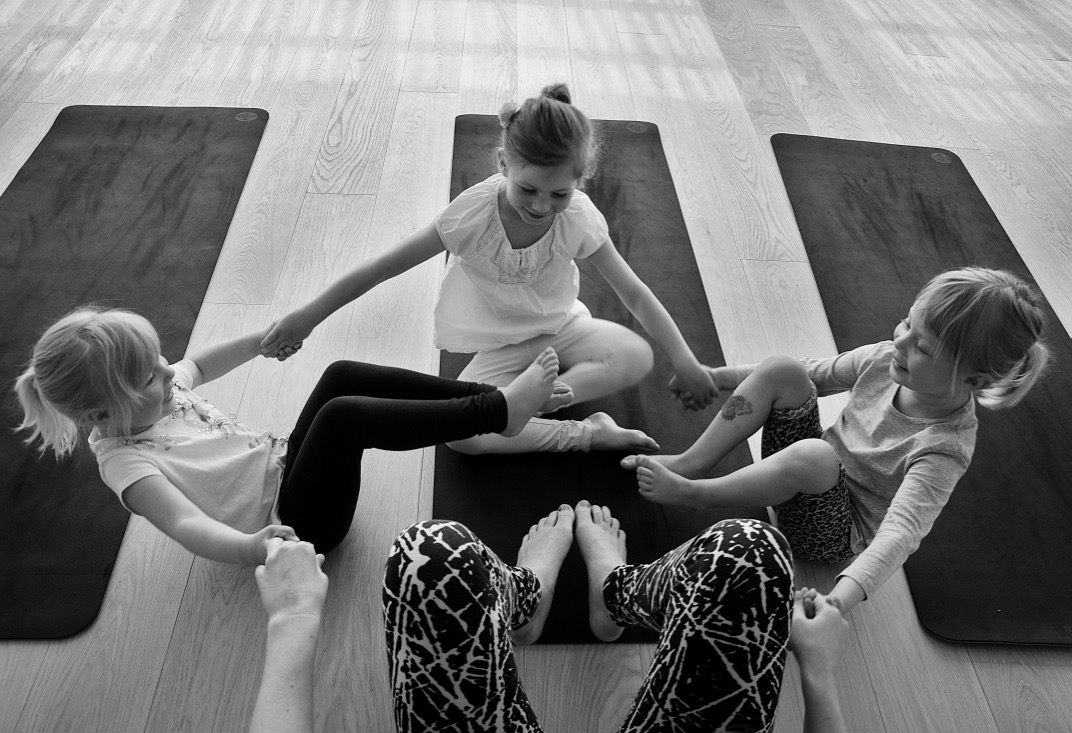
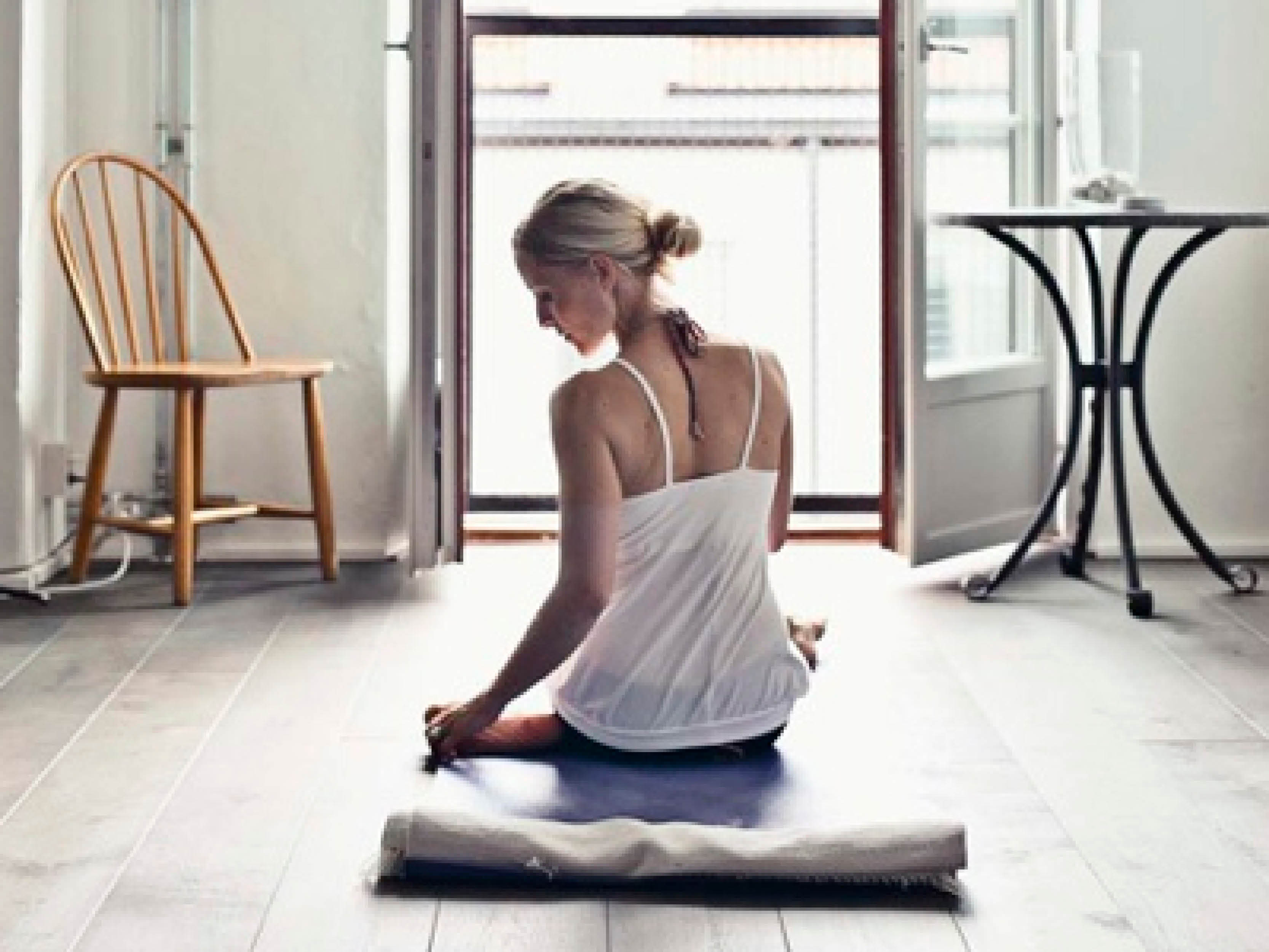
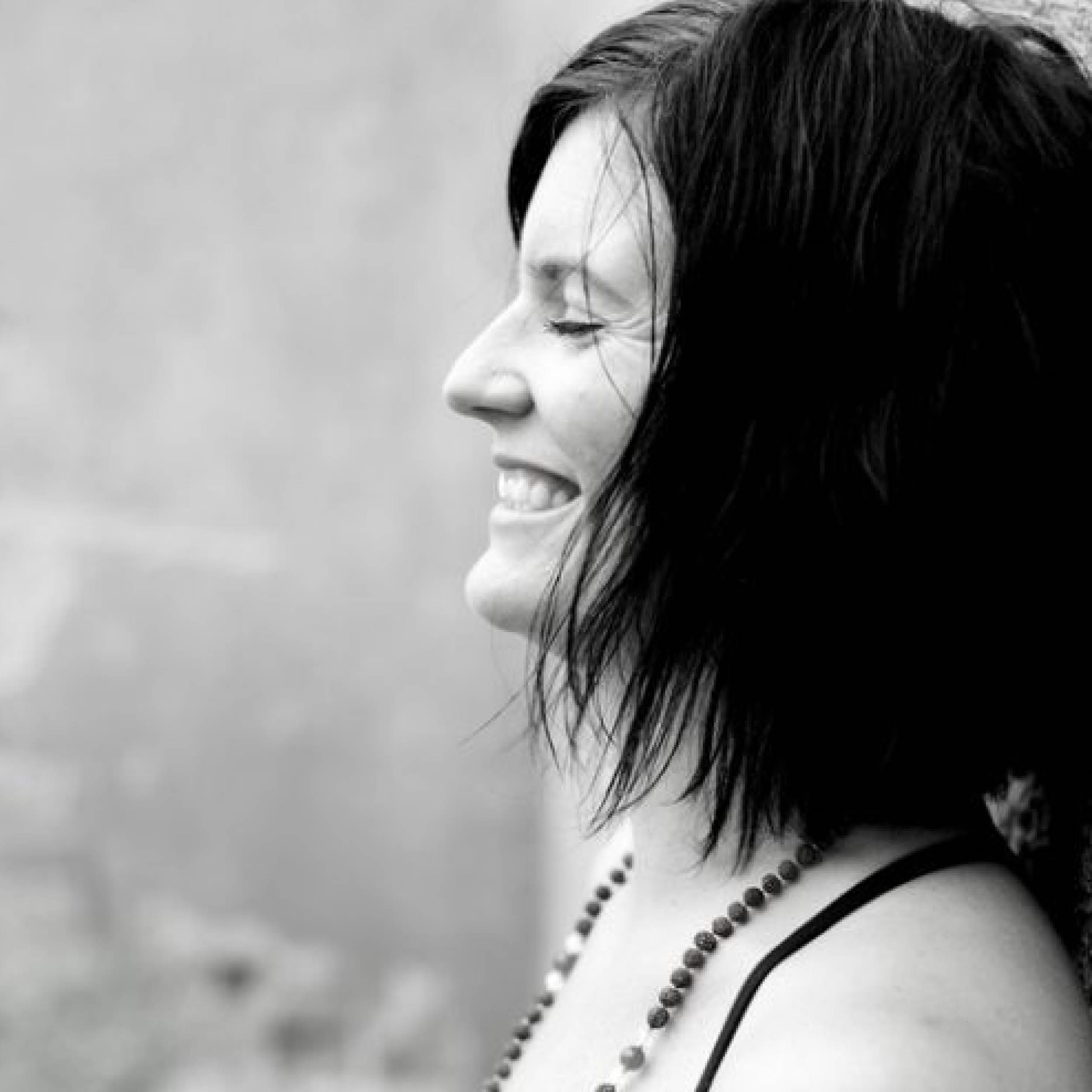
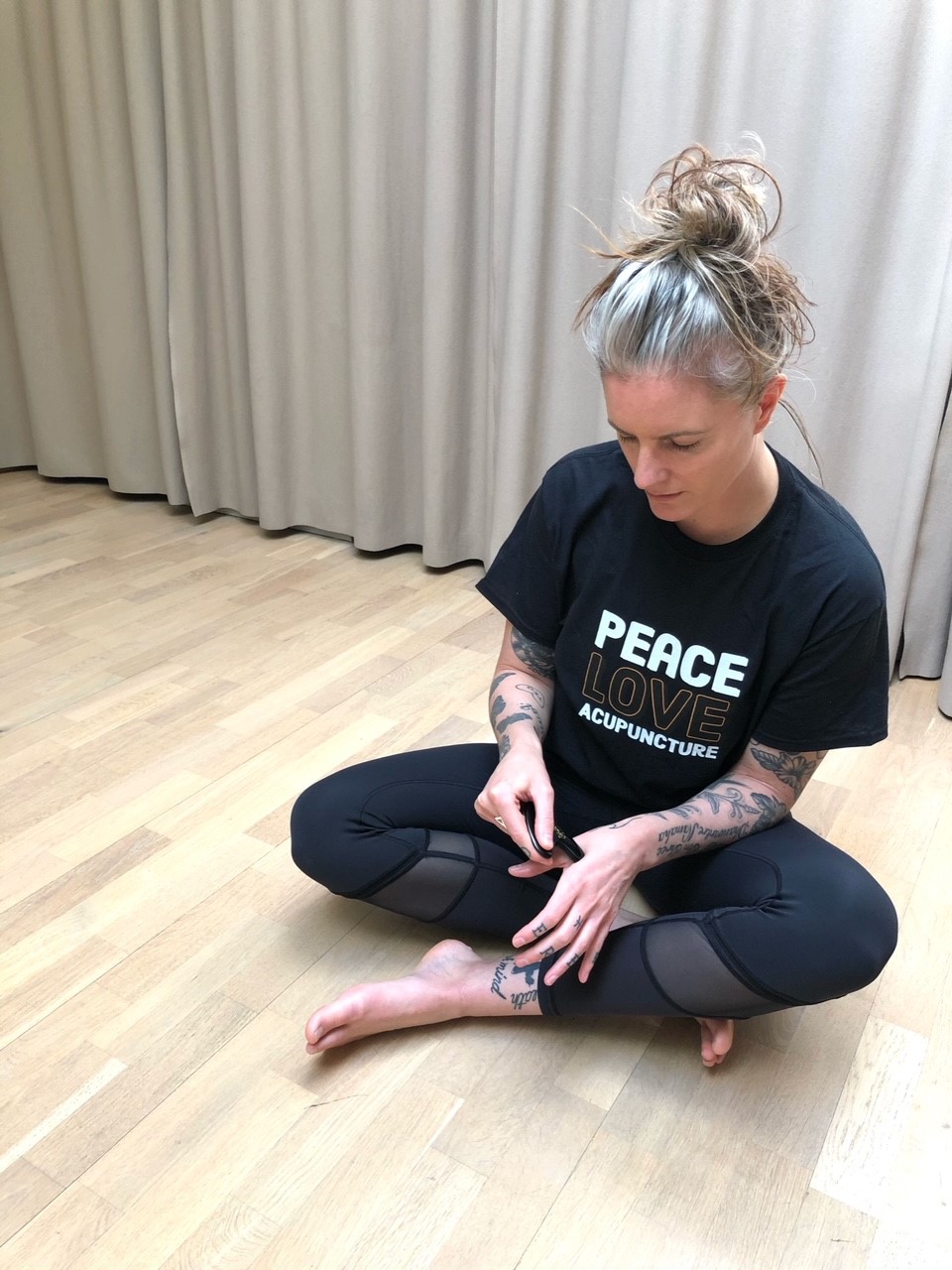
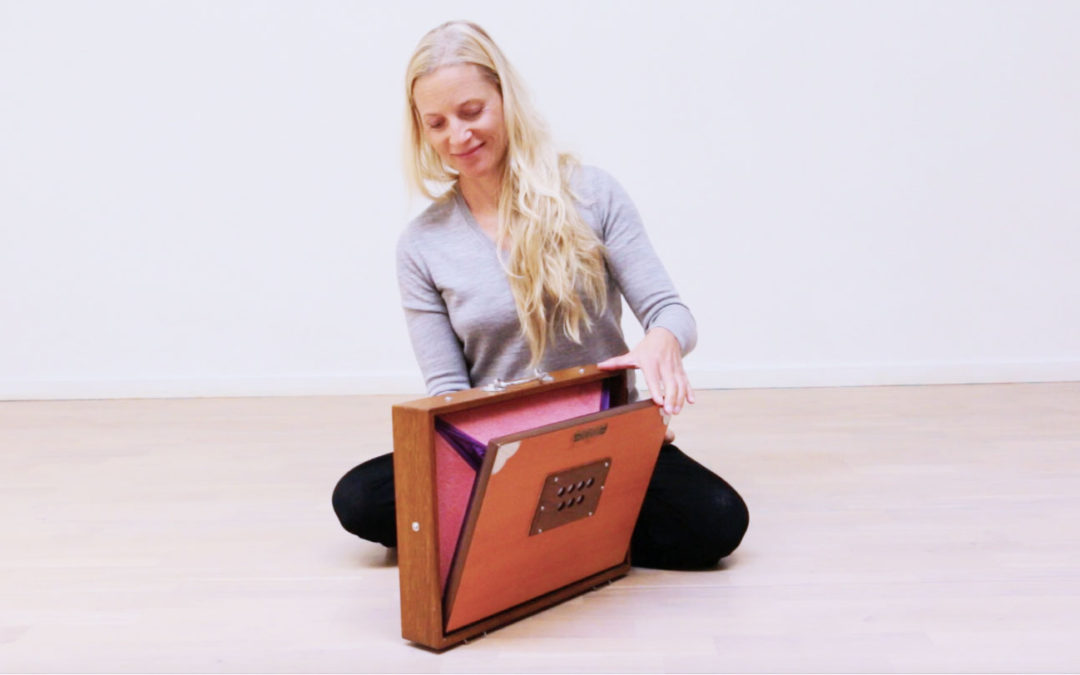
No Events Scheduled! .
No Events Scheduled! .
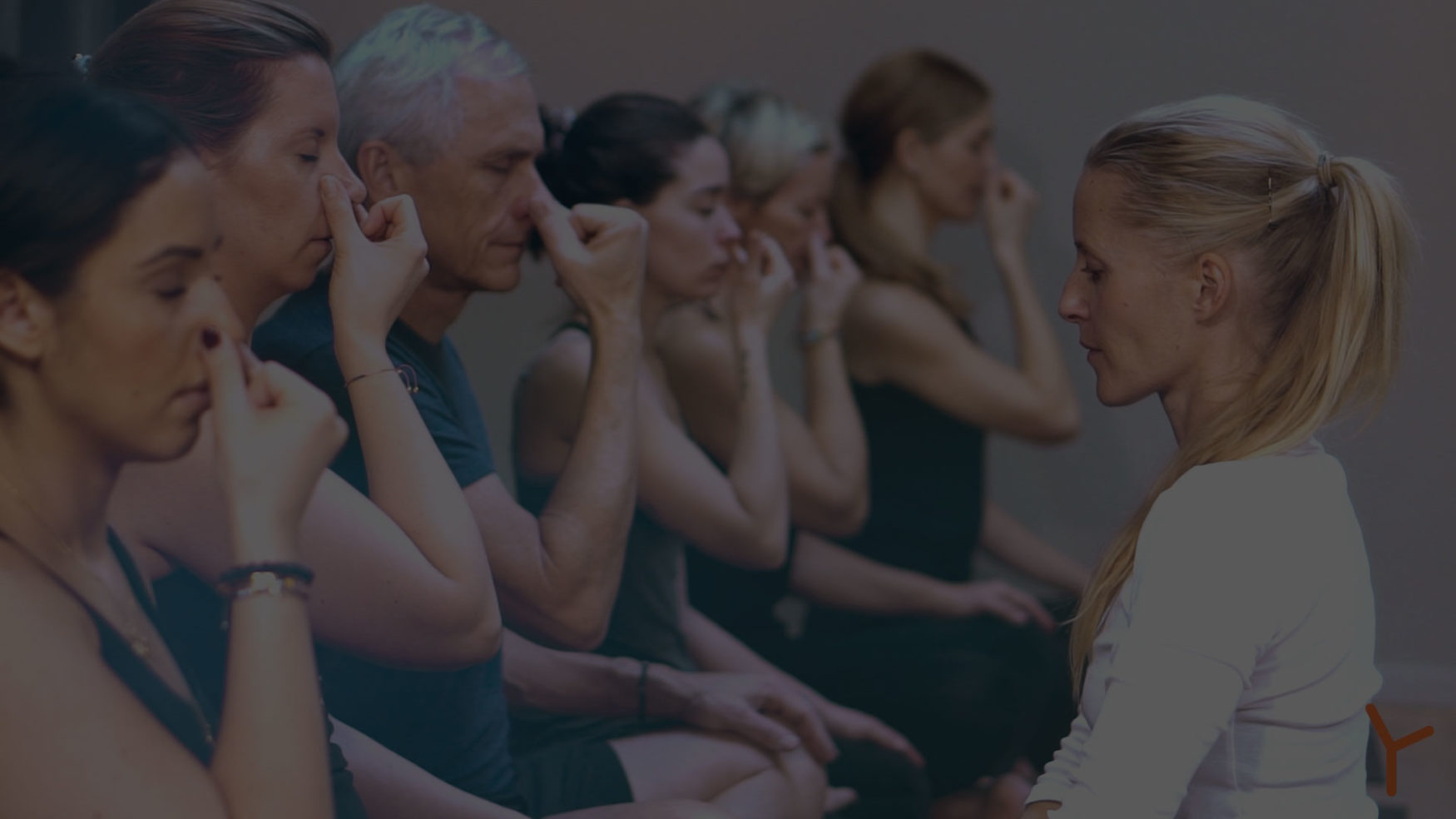
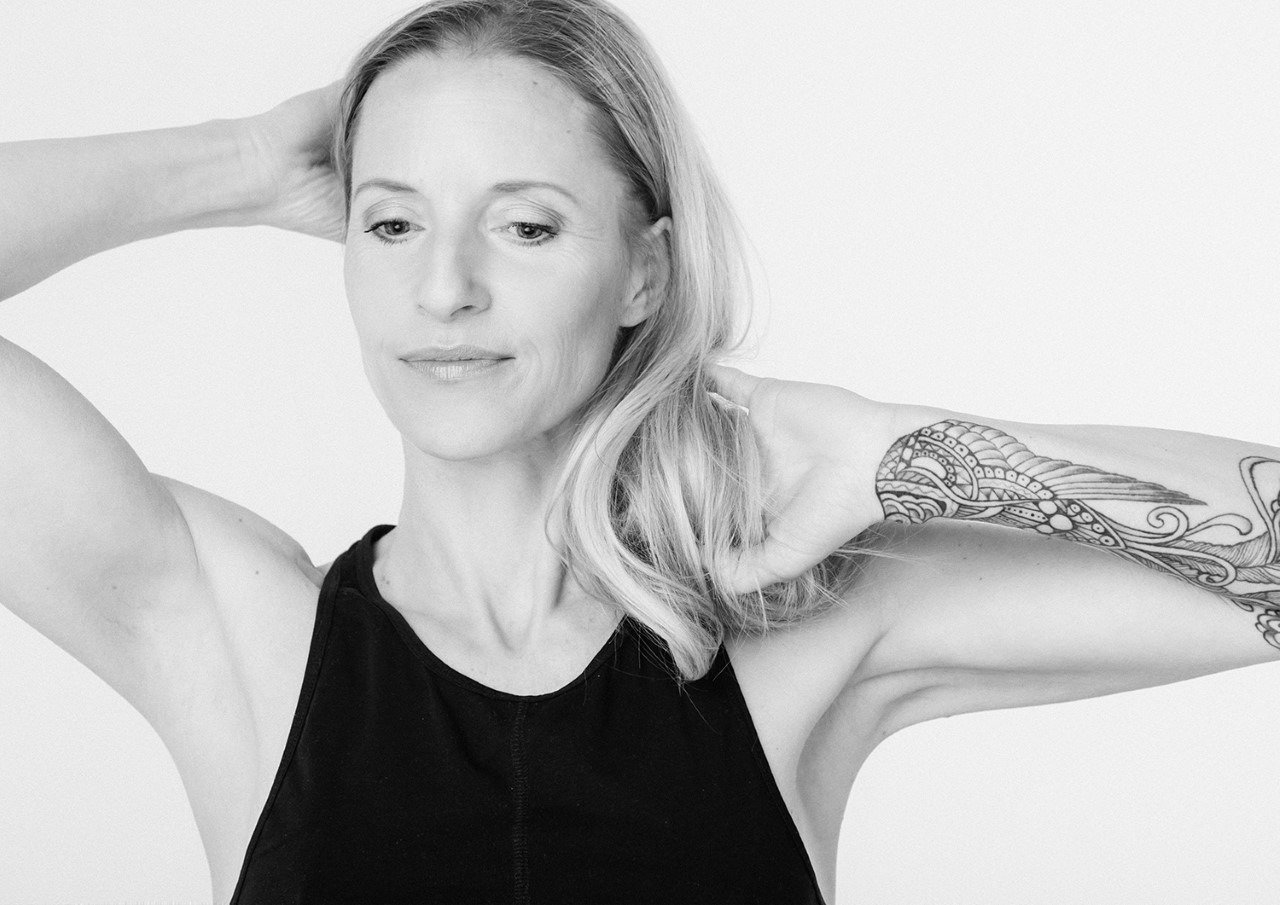
No Events Scheduled! .
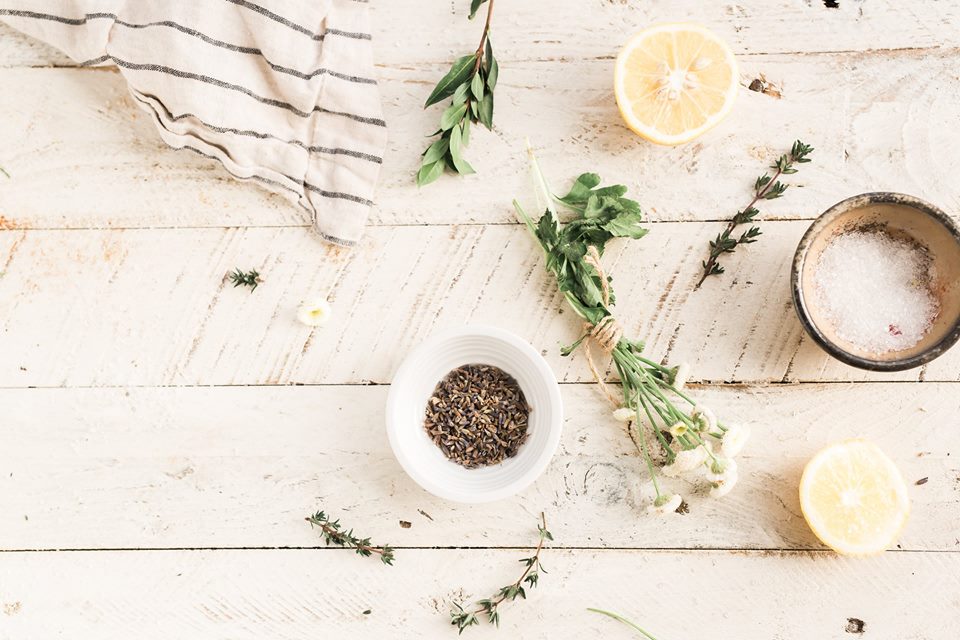
No Events Scheduled! .

